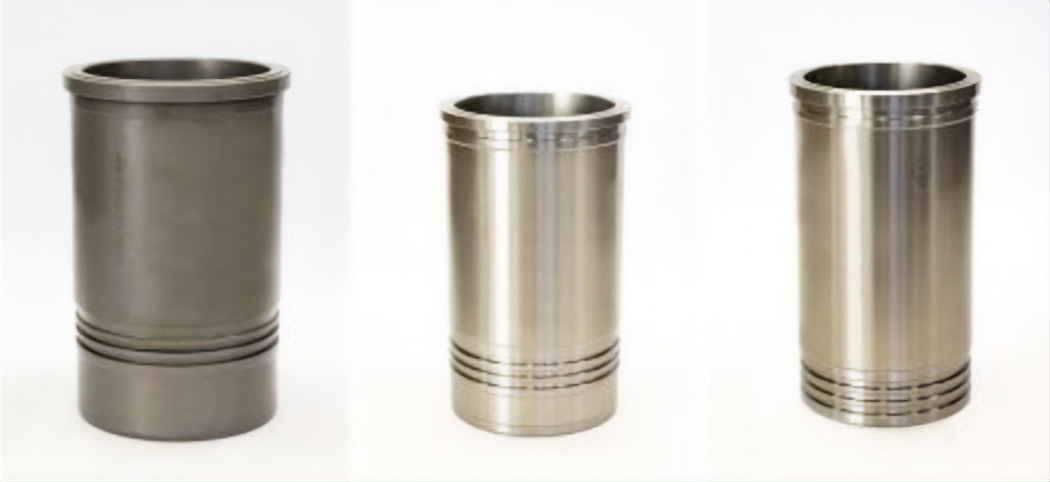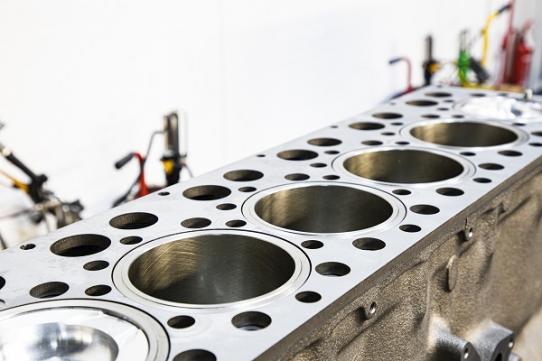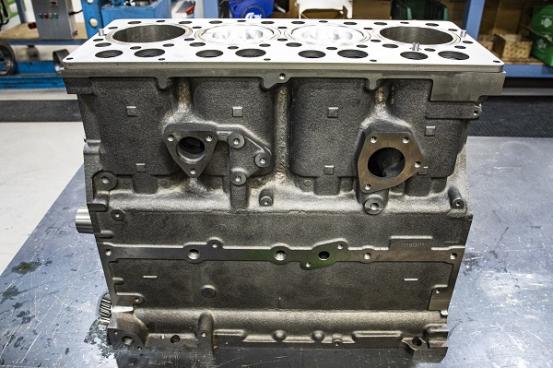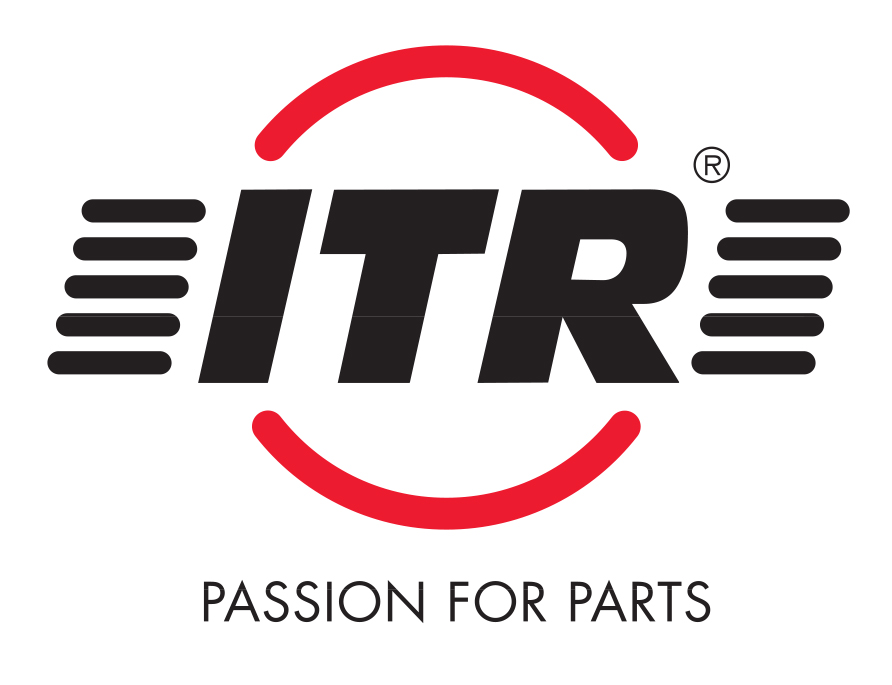NOVINKY
ITR Cylinder liners for Diesel engines
Correct engine operation is one of the fundamental factors for ensuring the performance of earth moving machines like excavators, mini-excavators, bulldozers, front end loaders, and dumpers, which are typically subjected to intense operation.
Choosing and carefully maintaining engine components can extend the operating life of machines, keep down maintenance costs, and increase productivity by reducing breakdown times. This article illustrates how and why cylinder liners, also known as cylinder sleeves, can make a valuable contribution.
Types of cylinder liners and their advantages

Liners are cylindrical surfacing elements capable of retaining a thin film of oil on the inside surface. When inserted into the cylinders of the engine block, they protect it from wear and from the sliding action of the pistons. The engine blocks of industrial machines, unlike less demanding applications, normally have cylinder liners rather than allowing the pistons to move in direct contact with the walls of the engine block.
There are two main types of liner:
-
type has no direct contact with the wall of the engine block cylinder, and the liner is washed with a flow of cooling liquid. For this reason they are called “wet" liners.
-
type are known as “dry” liners, or “sleeves“, and are thin bushings fitted inside the engine block with the outside wall in direct contact with the engine block cylinder.
Engine manufacturers use lined cylinders because of the advantages this system offers.
The main reasons being:
-
Greater resistance – Making liners separately from the engine block allows the use of special higher performance materials than those used for the construction of the block itself. Liners are generally made in special cast iron alloys containing elements with natural lubricating properties, like graphite. Other components are added like chrome, vanadium, and molybdenum to help ensure resistance to corrosion and wear caused by high temperatures;
-
Easier maintenance – when liners are worn they can be replaced more easily than changing an entire cylinder block;
-
Higher thermal conductivity – at operating temperatures the liners heat up more than the cylinders and must be able to expand in both diameter and length. If they were cast together with the cylinders, the resulting thermal loading would be high enough to fracture the materials;
-
Less risk of defects – the more complex a casting, the more difficult it is to achieve perfectly even surfaces with low residual stresses;

What characteristics do engine cylinder liners need for good performance?
Liners are subjected to many types of loading pressures:
- mechanical, caused by combustion pressure;
- thermal, caused by the high temperatures of the combustion process;
- wear, from three main factors:
- abrasion, which depends on the efficiency of the air and oil filters;
- corrosion, caused by combustion by-products;
- friction or rubbing, caused by poor lubrication;
For all these reasons the manufacturing process for these components is very important and their design must satisfy precise specifications in order to protect the engine and extend its operating life. These include:
-
high resistance and anti-corrosion properties;
-
low friction;
-
high precision;

A fundamental feature of liners for reducing friction and extending engine life is a criss-cross pattern of grooves on the inside wall. This grooved surface maintains an adequate quantity of oil on the inside wall of the liner, which ensures sufficient lubrication at the contact point between the piston rings and the liner. The correct angle of intersection for the groove of the walls is generally estimated at about 45°, since this promotes even lubrication and consequently extends the duration of the surfaces. However, there are cases in which different angles are created for specific materials and forms of use.
Finally, other factors that help to increase resistance, and limit wear on the liner surfaces are rolling of the flange and the anti-corrosive surfacing of the outside wall.
Sleeves for ITR Usco cylinders
The choice and correct use of just one small component can make all the difference for the performance and operating life of earth moving machines. This is why it is vital to find a reliable expert partner.
ITR Usco offer a wide range of sleeves, with bores from 94 mm to 170 mm, for Caterpillar, Komatsu, Volvo, Hitachi, and JCB. Contact our staff for more information on the most suitable type and materials for your applications.
Source: ITR
